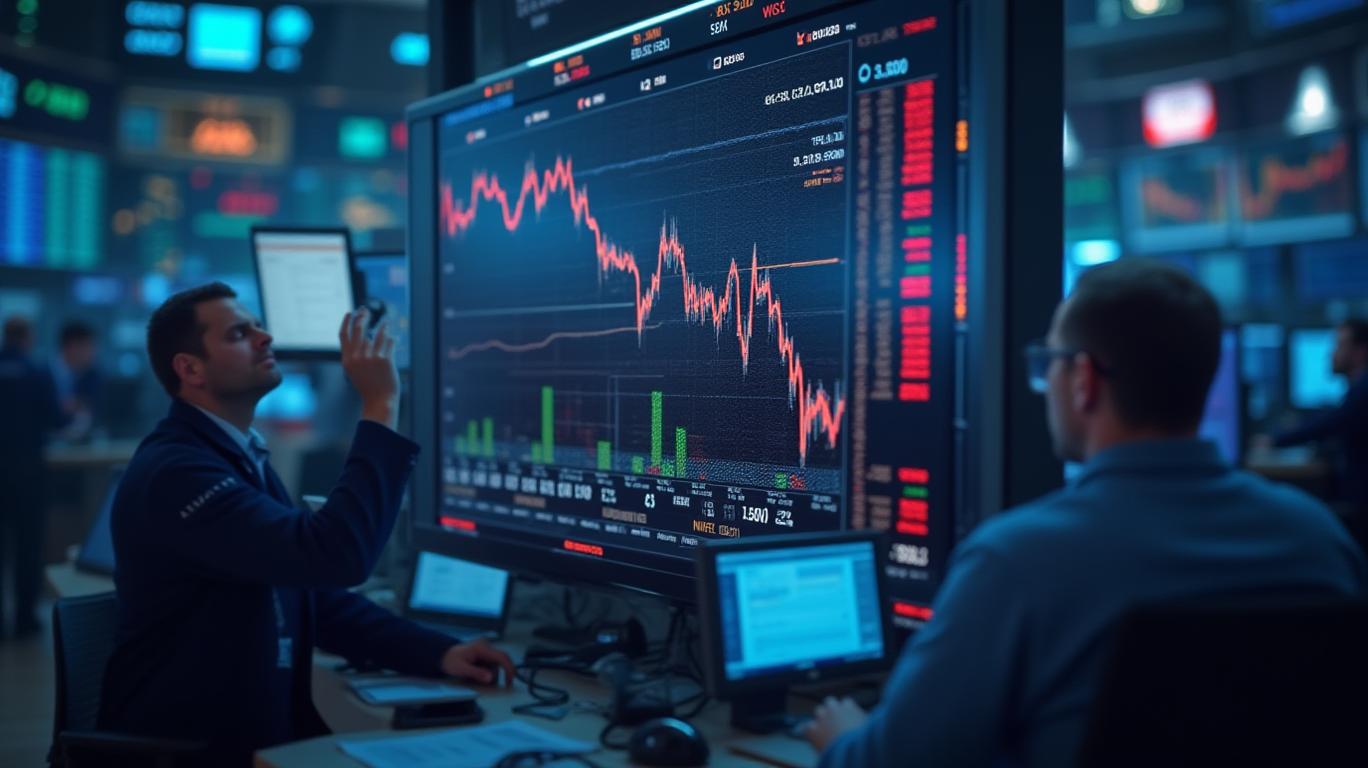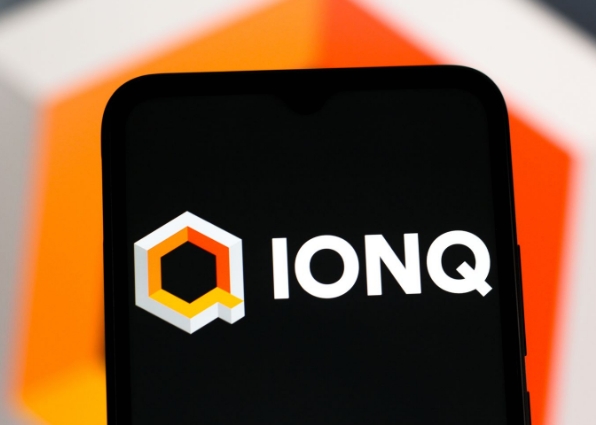Apple’s Resilient Growth Amid Headwinds: Why the Bull Case Still Holds
Apple’s fiscal Q2 2025 earnings report delivered a mix of triumph and caution, yet the underlying fundamentals reaffirm its position as a tech titan with durable moats. While Wall Street fixated on minor Services segment misses and Wearables’ decline, the broader narrative of strategic execution, diversification, and operational discipline suggests the bull case remains intact. Here’s why investors should stay long apple despite near-term clouds.
The Services Engine: Slower but Steady
Apple’s Services division ($26.65 billion in Q2) remains the crown jewel, now accounting for 28% of total revenue, up from 26% in 2024. While growth slowed to 11.65% year-over-year (from 14.2% in 2024), this still outpaces most peers. The Services installed base continues to expand, with record active device counts across iPhones, Macs, and iPads. Even with antitrust lawsuits looming over its $20 billion Google search partnership, Apple’s ecosystem lock-in—driven by subscriptions, app stores, and developer ecosystems—ensures recurring revenue streams.
Ask Aime: "Should I sell Apple stock based on Q2 2025 earnings?"
The slight miss against Services estimates ($26.70B vs. $26.65B) is noise in the context of $1 trillion+ in Services revenue over the past five years.
Hardware: A Portfolio Play Pays Off
Apple’s hardware divisions delivered a textbook example of portfolio diversification:
- iPhone: $46.84B (+2%) growth, buoyed by the iPhone 16e’s price-point expansion.
- iPad: A stunning 15.2% rebound to $6.4B, driven by the M3-powered iPad Air.
- Mac: $7.95B (+6.7%) as M4 chips solidify dominance in the laptop market.
While Wearables stumbled (-4.9%), this is likely cyclical. The segment’s dip reflects tough comps from 2024’s Vision Pro launch and Apple Watch Ultra 2, not secular decline. The iPhone and iPad gains, paired with Mac’s sustained momentum, show Apple’s ability to rotate growth across categories.
Geography and Global Resilience
Apple’s geographic diversification is a hidden strength. While Greater China dipped 2.3% (to $16B), the Americas surged 8.2% as Apple’s largest market, and Japan/Asia Pacific grew 16.5%. Europe’s stagnation (1.4%) is a concern, but Cook’s focus on urban China and tariff-optimized supply chains (e.g., shifting iPhone production to India) mitigates risks.
Tariffs and the Supply Chain Playbook
The $900 million tariff headwind for Q3 is real, but Apple’s proactive shifts—50% of U.S. iPhones now from India, Vietnam handling Mac/iPad production—signal a pragmatic response. While near-term costs rise, this strategy insulates Apple from trade policy volatility long-term. As Cook noted, “We’re ahead of the curve in diversifying manufacturing.”
The Bull Case: Data-Driven Optimism
- Cash Flow and Balance Sheet: Record $24B operating cash flow and $200B+ in net cash provide a war chest for R&D, buybacks ($100B authorized), and dividends (up 4%).
- AI and Services: The delayed Siri overhaul (to 2025) prioritizes quality over speed—a hallmark of Apple’s “once, not twice” product ethos. When AI features launch, they could reinvigorate Services margins.
- Stock Performance: Despite 2024’s tech selloff, Apple’s stock has outperformed peers, up 18% YTD.
Conclusion: Bulls Have the High Ground
Apple’s Q2 results are a reminder that growth at scale requires patience. While Services’ deceleration and Wearables’ dip are valid concerns, they’re outweighed by 38 consecutive quarters of record cash flow, a Services division on pace for $100B+ annual revenue by 2026, and a hardware portfolio that dominates premium markets.
The stock’s valuation—trading at 26x forward earnings, below its 5-year average of 30x—suggests skepticism around near-term risks is already priced in. With $95.4B in revenue and 28% Services contribution, Apple isn’t just surviving—it’s recalibrating for a post-tariff, AI-driven world.
Investors who focus on Apple’s ecosystem flywheel, geographic diversification, and relentless execution should stay bullish. The path to $1 trillion in annual revenue (within reach by 2026) is still clear.
Final Takeaway: Buy the dip. Apple’s fundamentals remain too strong to ignore.










